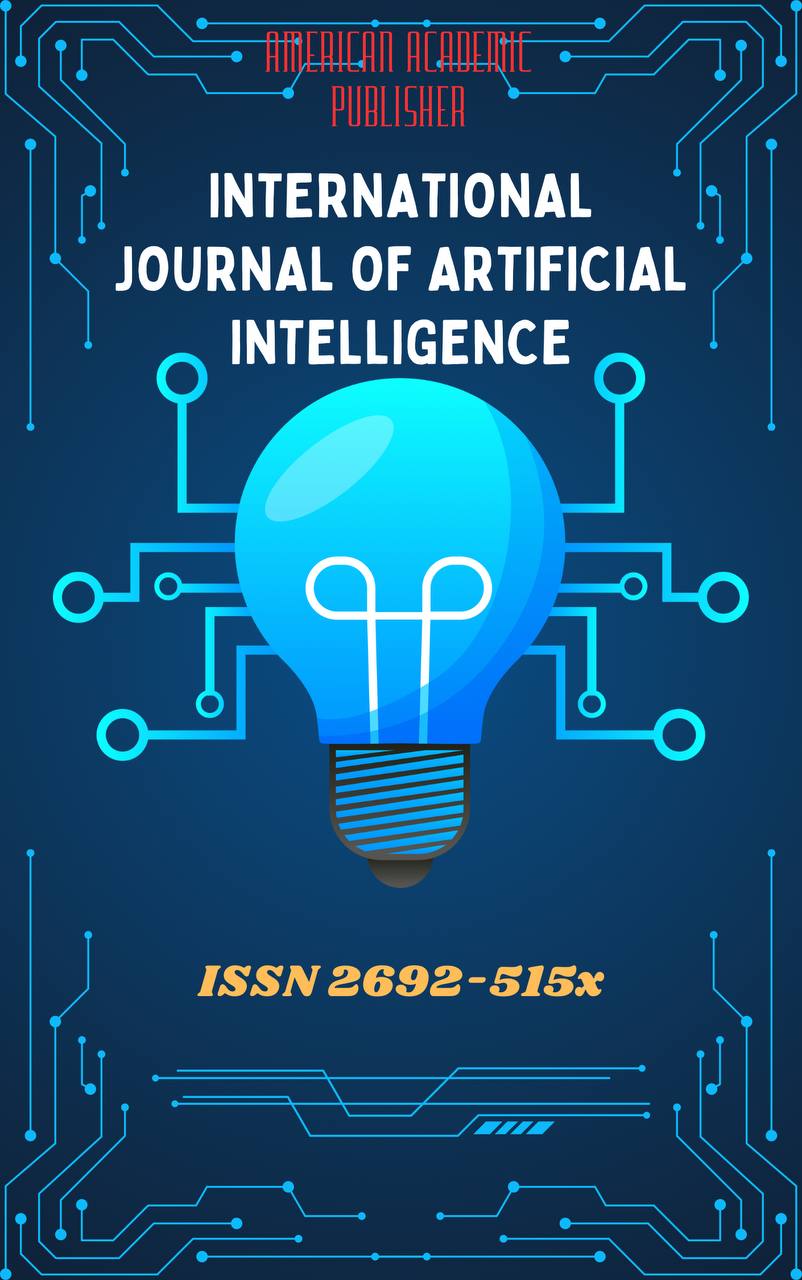 Articles
| Open Access |
Articles
| Open Access | IMPROVING THE LEGAL PROTECTION OF ARTIFICIAL INTELLIGENCE PRODUCTS: AN INTEGRATED MODEL OF CONDITIONAL LEGAL PROTECTION
Shomurodov Sanjar Ilhamovich , Graduate student of Tashkent State Law UniversityAbstract
As a result of the rapid development of artificial intelligence (AI) technologies, the number of products (texts, images, inventions, etc.) created using SI is increasing. In traditional legal systems, there are uncertainties about copyright and the legal status of such products. This article proposes a model of integrated conditional legal protection (IShHH) in order to strengthen the legal protection of products created by Si. The model, based on the principles of ”conditional legal status“ and ”creative management", assumes the division of SI products according to the degree of human participation into auxiliary, semi-autonomous and fully autonomous types. For each type, the appropriate legal status is proportionally determined and innovative legal protection mechanisms are introduced through the institute of “creative curator”, a special registry, as well as arbitration mechanisms.
Keywords
artificial intelligence product, copyright, conditional legal status, creative management, creative curator, legal protection.
References
High-Level Expert Group on AI. A Definition of AI: Main Capabilities and Scientific Disciplines. European Commission, 18 Dec. 2018, https://ec.europa.eu/futurium/en/system/files/ged/ai_hleg_definition_of_ai_18_december_1.pdf.
U.S. Copyright Office. Compendium of U.S. Copyright Office Practices. 3rd ed. – 2021. – §306. – URL: https://copyright.gov/comp3/
European Commission. Proposal for a Directive on Liability for Artificial Intelligence (AI Liability Directive). Brussels, 2022. https://eur-lex.europa.eu/legal-content/EN/TXT/?uri=celex:52022PC0496
Rahmatian A. Artificial Intelligence, Copyright, and the Public Domain: A New Dilemma // European Intellectual Property Review (EIPR). — 2023. — Vol. 45, No. 7. — B. 421–429.
Denicola R. Ex Machina: Copyright Protection for Computer-Generated Works // Rutgers University Law Review. – 2017. – Vol. 69. – B. 251–268.
Bridy A. The Evolution of Authorship: Work Made by Code // Columbia Journal of Law & the Arts. – 2016. – Vol. 39, No. 3. – B. 395–441.
Abbott R. The Reasonable Robot: Artificial Intelligence and the Law. Cambridge University Press, 2020.
Article Statistics
Downloads
Copyright License

This work is licensed under a Creative Commons Attribution 4.0 International License.

